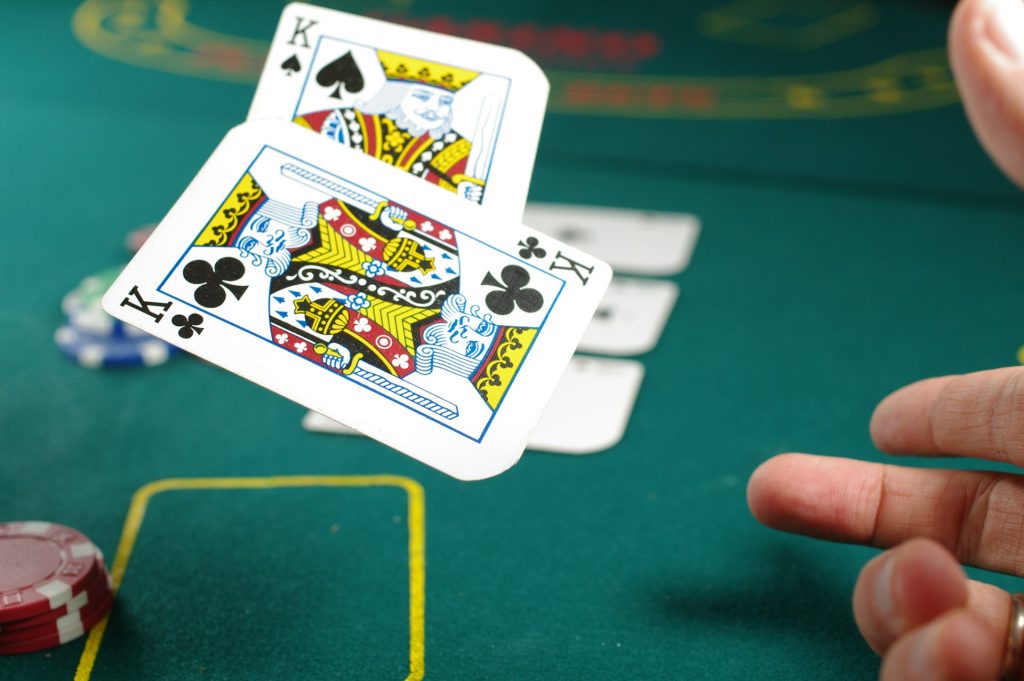A standard deck of playing cards is a ubiquitous sight in homes, casinos, and game nights around the world. Comprising four suits—clubs, diamonds, hearts, and spades—a deck of cards offers endless opportunities for games and entertainment. In this article, we’ll take a closer look at one of these suits: the clubs, and explore how many of them are found in a standard deck of cards.
The Anatomy of a Deck: Understanding the Suits
The composition of a standard deck of cards is a fundamental aspect of understanding the significance of the clubs suit. A typical deck comprises 52 cards, meticulously divided into four distinct suits: clubs, diamonds, hearts, and spades. Each suit boasts 13 cards, ranging from the ace to the king, with intricate designs and symbols adorning each card. The clubs, along with the other suits, form the backbone of countless card games, providing players with a diverse array of options for entertainment and competition. Understanding the structure and organization of a deck of cards lays the groundwork for appreciating the role that each suit, including the clubs, plays in shaping the dynamics of gameplay and strategy.
Exploring the Clubs: A Closer Look at the Suit
The clubs suit, with its distinctive black symbol resembling a three-leaf clover or club, adds a touch of intrigue to a standard deck of cards. Comprising 13 cards from the ace to the king, the clubs suit showcases the club symbol prominently in the center, surrounded by intricate designs and patterns. Each card in the clubs suit carries its own unique value and significance, contributing to the diverse array of options available to players in card games and magic tricks alike. Whether it’s the humble ace or the regal king, the clubs suit offers endless possibilities for creativity, strategy, and entertainment, making it an integral part of the timeless allure of playing cards.
How Many Clubs in a Deck?
In a standard deck of cards, there are 13 clubs, comprising the ace, two through ten, and the three face cards: the jack, queen, and king. Each club card possesses its own distinctive design and value, contributing to the diversity and excitement of card games and tricks. Whether forming part of a winning hand in poker, contributing to a meld in rummy, or serving as the target for a sleight of hand in magic, clubs play an integral role in the world of card entertainment. Their versatility and significance underscore their importance as a fundamental component of the classic deck of playing cards.
The Role of Clubs in Card Games
Clubs serve as a cornerstone in numerous card games, contributing to the strategic depth and excitement of gameplay. In poker, a flush—a hand comprising five cards of the same suit—is one of the most sought-after combinations, with clubs offering potential for strong hands. In bridge, players strive to collect tricks, with clubs often playing a pivotal role in securing victories. Additionally, games like hearts involve players trying to avoid capturing certain cards, including the queen of clubs, adding an element of suspense and strategy. Across a wide range of card games, clubs provide players with opportunities to showcase their skills, form winning combinations, and ultimately emerge victorious. Their presence ensures that every hand dealt is brimming with potential and possibility, keeping players engaged and entertained for hours on end.

